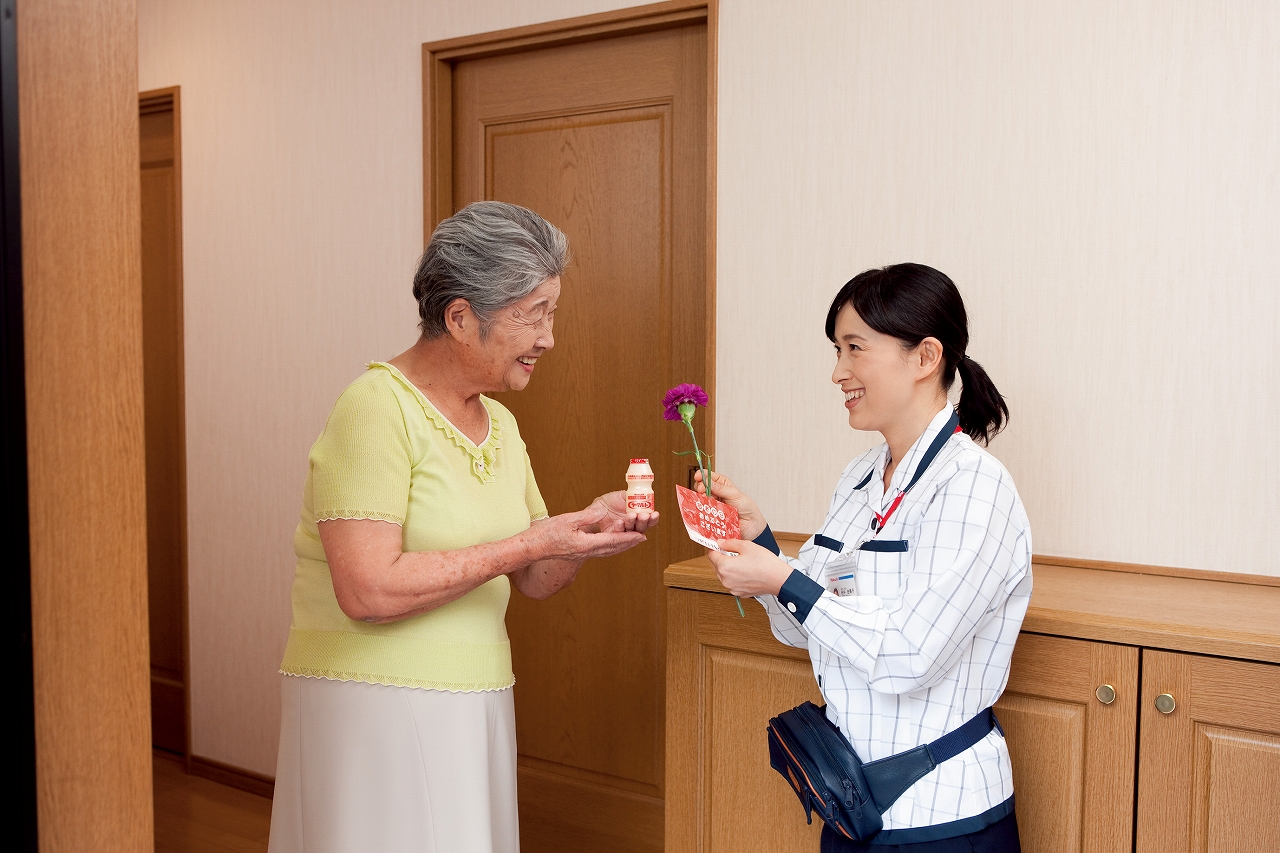Management:
Calbee, a coinage from calcium and vitamin, is one of Japan’s leading snack food makers. The company is enjoying a high popularity in the stock market. Its current aggregate value has grown three times since it was listed on the day of the Fukushima disaster in 2011. In the past, it had 15 plants to deliver fresh potato chips to every corner of the country, and the densely distributed production network contributed much to increasing its share in the 1970s and 1980s. With the progress of logistic technology, however, the production network became ineffective.
The new president invited by the founding family from a foreign-affiliated company rationalized the production system. He reduced the production cost by integrating the production and material procurement systems, and allocated the money available from cost reduction for sales promotion cost. The increased rebate realized by the increased sales promotion cost motivated retailers and increased Calbee’s share from 60% to 70%. Accordingly, the capacity operating rate of its plants increased from 69% to 75%. The positive growth cycle allowed the company to triplicate the operating profit to more than 15 billion yen in three years.
Calbee is very active in expanding the market overseas. It concluded a contract with PepsiCo of the U.S. to give the exclusive right to PepsiCo that markets its products supplied by Calbee on an OEM basis in North America, though PepsiCo’s requirements were rather demanding. In exchange for the scarcely profitable contract, Calbee secured stable and inexpensive supply sources of potatoes. Combined with automation of production, this contract helped the company open up a road to an operating profit higher than 10%. The company is developing the Chinese market in alliance with a local company, and conducting feasibility study in Vietnam and Indonesia. It plans to increase the ratio of overseas sales from 4% in 2011 to 30% in 2021.
The Calbee story indicates what a medium-sized Japanese company with an established technology should do in the age of globalization in whatever field it is doing business. That is, the first thing that it needs to do is streamlining the operation to reduce production cost, then it should increase the share with the help of competitive product prices to establish a dominant position in the domestic market. Then, it should develop foreign markets in alliance with a local company with a strong sales force because population decrease and aging of society is accelerating in Japan. Even a snack food can expand the market overseas, even though taste varies with the countries. What is important is not a product but an effort to make a product acceptable to local people of each foreign market.
One of Calbee’s latest promotion videos








